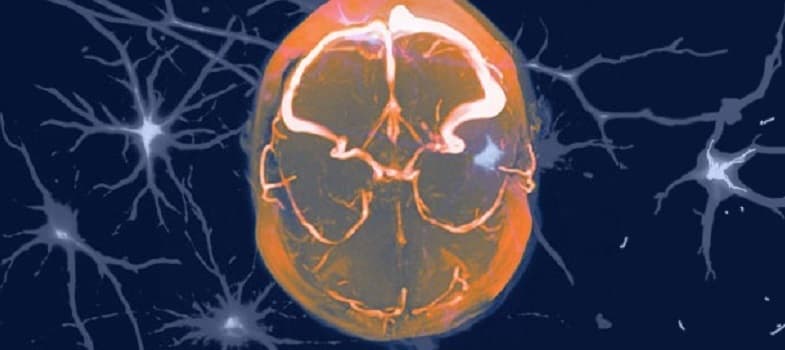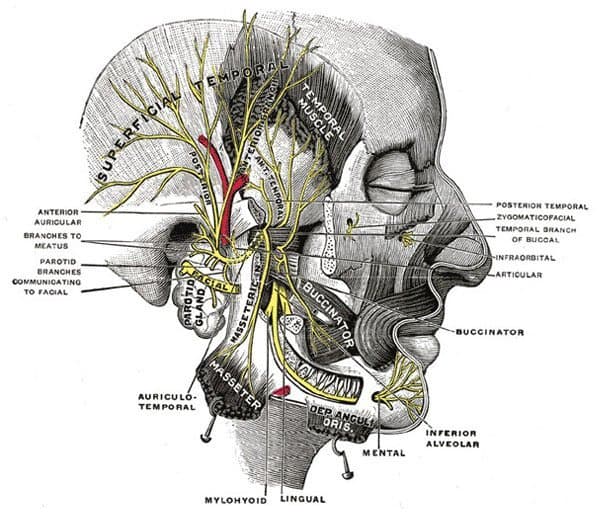What Are Migraine Headaches?
Migraine headaches are categorized as a medical disorder. The most common symptom is an extremely painful headache, which is usually referred to as an episode, along with throbbing. The symptoms are usually localized to one side of the head. A migraine may also be accompanied by vomiting, nausea, and an adverse reaction to bright lights or loud noises. Strong odors may even worsen the symptoms of a migraine. Migraine headaches may occur several times during one day or on different days throughout the month and they can last for several hours. Clinical reports have even indicated that some people suffer from migraines that last for days.
According to research, migraines occur in phases. The first phase, known as the prodromal phase, occurs approximately 24 hours before the migraine episode begins. During this phase, an individual may need to use the bathroom more often than usual and may also experience increased fatigue, yawning, and changes in mood.
The aura phase occurs next and it is associated with the occurrence of neurological symptoms that signal that a migraine is imminent. These symptoms include the appearance of lines or blind spots in the field of vision, blurred vision, light-headedness, and changes in movement, speech, or sensations. However, most individuals who suffer from migraines do not experience the aura phase.
When the migraine episode begins, it is referred to as the attack phase. The attack phase may last for a few hours, although reports have indicated that some attacks last for days unless an effective treatment is utilized. The final phase is called the postdromal phase and it is characterized by drowsiness, fatigue, and in some cases, euphoria.
Migraine headaches affect around 12% of the population in the U.S. and are the most common type of headache that is reported by adolescents and adults. Furthermore, women experience migraines three times more often than men. Some women also suffer from migraines that start at the same time as their menstrual cycle. Migraine headaches are diagnosed as a distinct disorder and they are not usually linked to other conditions. Nonetheless, migraines that are extremely severe and accompanied by abnormal neurological symptoms such as clumsiness, dizziness, mood swings, changes in personality, or changes in vision are warning signs that a clinician needs to be made aware of.
Causes Of Migraine Headaches
Although headaches are normally believed to be the result of pain stemming from the brain, this is not completely accurate. Headaches are typically the result of irritation or damage to other structures that are near the brain such as the sensory tissue and lining of the skull, blood vessels, nerves, and muscles. However, biological factors that cause migraines are still not clearly understood. Recent studies have started to indicate that migraine headaches may be the result of vascular abnormalities, as changes in the diameter of blood vessels near the brain have been observed during migraine episodes. Additional research is beginning to suggest that inherited variations in the structure of the brain or skull may cause some people to be susceptible to migraines.
In addition, clinicians agree that there are a number of emotional and environmental factors that may trigger the onset of migraine headaches. In order for a physician along with the patient to begin to identify the triggers, the patient is often asked a series of questions regarding family history, situations or events that may have caused a migraine, and even dietary habits. Common triggers that have been found to be associated with migraine headaches include psychological factors such as fatigue and stress, sleep deprivation or disturbances, reactions to certain substances and chemicals in beverages or foods (e.g., preservatives), caffeine, certain environments, poor nutrition, and menstruation.
Treatment For Migraine Headaches
A wide variety of therapeutic approaches are available for the treatment of migraines. The first line of treatment is over-the-counter pain medications such as acetaminophen, aspirin, and ibuprofen. In fact, over-the-counter medication for migraine headaches is purchased more often than any other form of non-prescription medication. Monitoring the onset, severity, and the setting in which a migraine began is another effective way to manage this condition. This is because it can help the migraine sufferer begin to identify and avoid potential triggers. If the episodes are being closely monitored and reported to a physician, sudden changes in symptoms can also help a physician determine if another condition may be developing in addition to the migraine headaches.
An alternative approach to controlling migraine headaches is biofeedback training. This technique teaches patients how to recognize the triggers as well as the first phases of a migraine episode in order to prevent a full-blown migraine. Individuals who are trained successfully learn how to use coping and relaxation strategies to prevent or reduce the severity of a migraine.
If these approaches are ineffective, more invasive methods such as nerve blocks, epidural steroid injections, and radiofrequency ablation can be utilized. These techniques involve temporarily blocking or inhibiting the transmission of pain signals from nerves that are associated with the migraine to the brain. These methods are minimally invasive and provide long-term control of migraine headaches. A physician will recommend the most appropriate treatment after evaluating a patient’s migraine episode pattern.
Conclusion
Approximately one in ten adults suffer from migraine headaches. A migraine is clinically described as an episodic and recurrent headache on one side of the head that is extremely painful and generally accompanied by throbbing, nausea, and an adverse reaction to lights and noises. Although extensive research has been conducted, the exact cause of migraines is still unclear. However, it has been proposed that there is a genetic link to the occurrence of migraines.
Migraine headaches that occur along with commonly reported symptoms are not seriously harmful, but if they are accompanied by atypical symptoms, they may become a cause for concern and a clinician should be contacted. There are a number of different treatments that effectively provide relief from migraines. The approach that is recommended usually depends on the frequency and intensity of the migraine headaches.
References
- Holland S, Silberstein SD, Freitag F, Dodick DW, Argoff C, Ashman E, Quality Standard Subcommittee of the American Academy of Neurology and the American Headache Society. Evidence-based guideline update: NSAIDs and other complementary treatments for episodic migraine prevention in adults: Report of the Quality Standards Subcommittee of the American Academy of Neurology and the American Headache Society. Neurology. 2012;78(17):1346-53.
- Rapoport AM. Acute treatment of migraine: Established and emerging therapies. Headache. 2012;52(Suppl2):60-4.
- Rapoport AM. The therapeutic future in headache. Neurol Sci. 2012;33(Suppl 1):S119-25.
- Sacco S, Ricci S, Carolei A. Migraine and vascular diseases: A review of the evidence and potential implications for management. Cephalalgia. 2012;32(10):785-95.
- Shapiro RE. Preventive Treatment of Migraine. Headache. 2012;52(Suppl 2):65-9.
- Silberstein SD. Treatment recommendations for migraine. Nat Clin Pract Neurol. 2008;4(9):482-9.
- Silberstein SD, Holland S, Freitag F, Dodick DW, Argoff C, Ashman E, Quality Standards Subcommittee of the American Academy of Neurology and the American Headache Society. Evidence-based guideline update: Pharmacologic treatment for episodic migraine prevention in adults: Report of the Quality Standards Subcommittee of the American Academy of Neurology and the American Headache Society. Neurology. 2012;78(17):1337-45.



